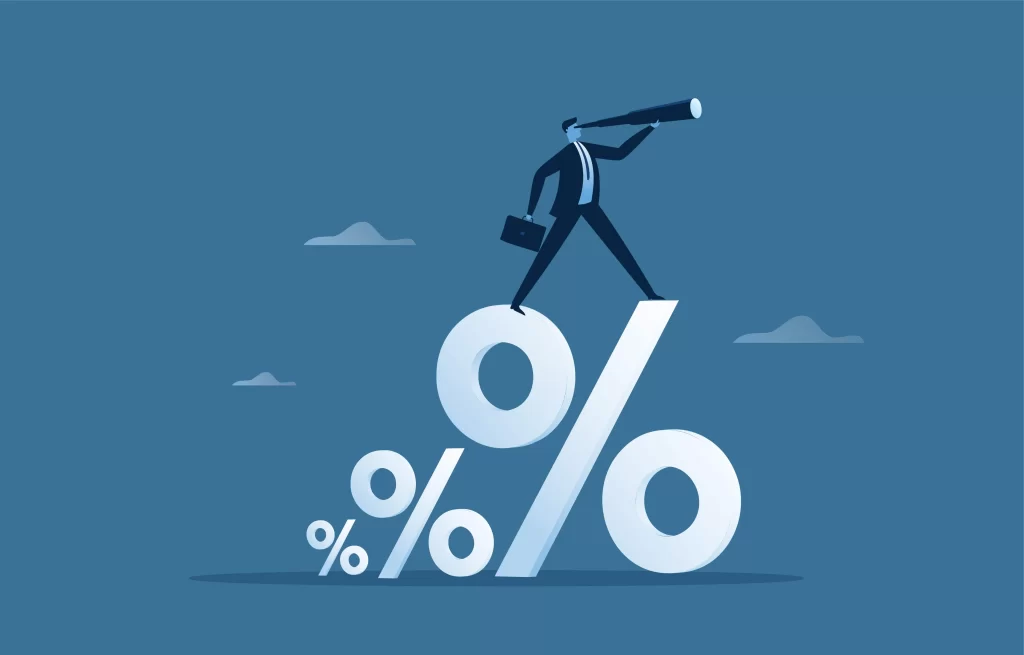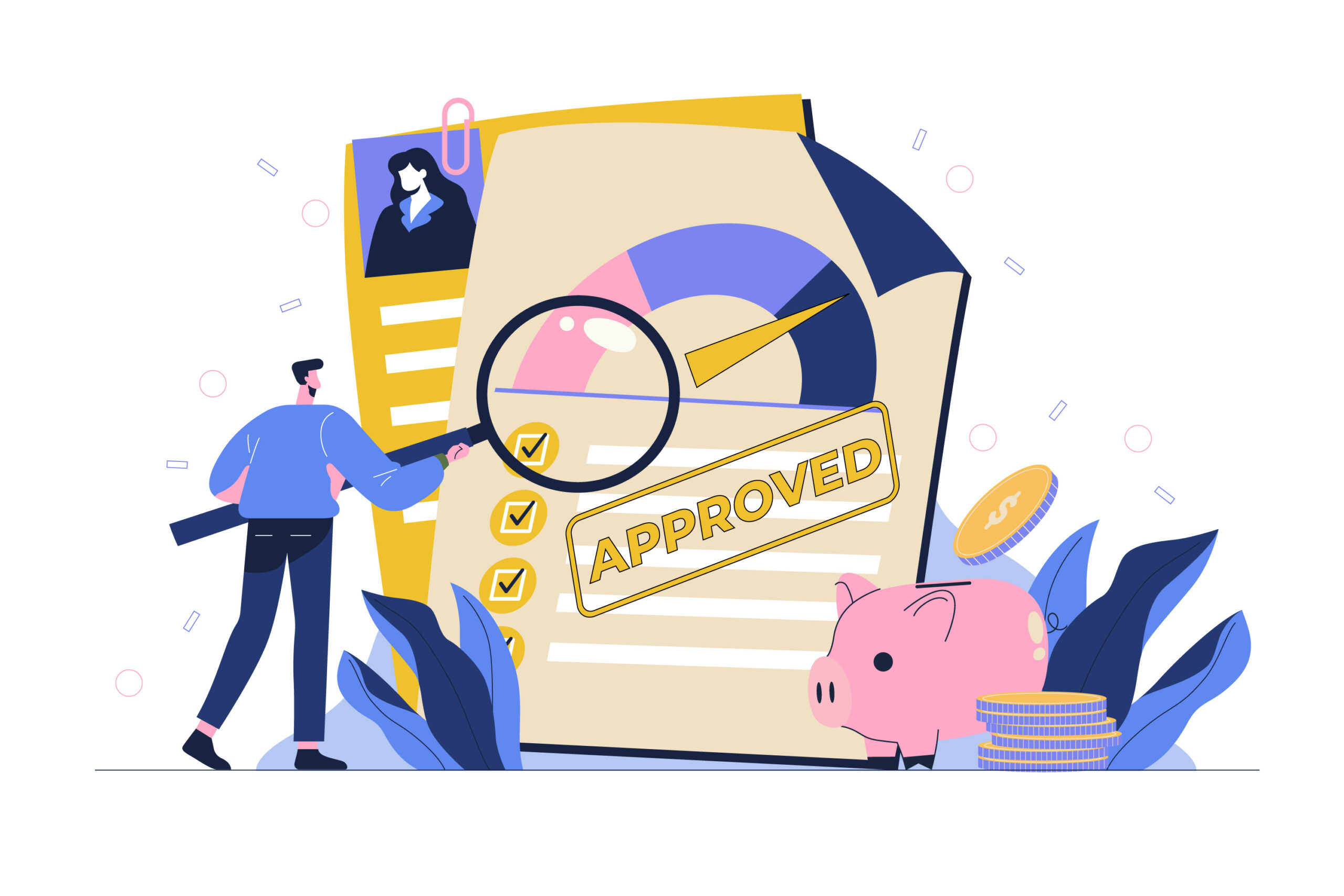The recent rise in interest rates has given a jump scare to every investor out there. While the COVID-19 pandemic did present opportunities to lock in historically low rates, they have jumped back high. The current 10-year US Treasury is at the brink of crossing 2.75%. So, besides raising the cost of financing, how does the rate rise affect the bigger picture? A major visible change comes with the fact more and more lenders are now using the DSCR metric to size a loan.
However, grasping the phenomenon of a shifting rate of interest is quintessential. In this blog, we will understand the close relationship shared by Federal Reserve policies and the interest rate of DSCR loans. Additionally, we will also shed light upon ways to capitalize on favorable situations and raise the margin of profit/savings.
The Purpose of DSCR?
Lenders use the DSCR metric to make sure that the NOI (Net Operating Income), which can be calculated by reducing the operating costs from the total income, can cover the debt service with some spare change left over. The magic number lenders seek is typically 1.25 or higher. For instance, if the yearly debt service stands at $60,000, the NOI must be at least $75,000 (i.e. $60,000 x 1.25). A higher NOI, when put against the debt service, brings out a higher DSCR, which attracts more lenders with better offers.
The Relation Between Federal Reserve Policies and Interest Rates
The Fed, as the Federal Reserve is casually called, plays an integral part in painting the economic picture of the United States of America. Manipulating interest rates is the primary tool the Fed uses to achieve its goals. The federal funds rate is the rate of interest used when banks lend each other money. Altering this has a chain reaction on every interest rate in the country.
The Federal Reserve alters these rates to keep a check on inflation, incentivize economic growth, or manage critical economic downturns. By lowering the rate of borrowing businesses are encouraged to invest and consumers are encouraged to spend. However, the opposite happens when the rate is set higher.
How Do Rising Interest Rates Affect DSCR Loans?
- Raised Costs of Borrowing: The most direct and immediate consequence of rising rates of interest is the raised cost of borrowing. For people falling back on DSCR loans, this implies higher interest payments which completely alters their Debt Service Coverage. As rates rise, investors are forced to sanction more of their operating income towards clearing debts as it will lower the DSCR.
- Diminished Property Valuations: When the rate goes higher the value of properties face a downward pressure. This causes concern for investors presenting real estate properties as collateral for a DSCR loan. This further affects the Loan-to-Value ratio and brings that down as well. Now investors must put in additional collateral to borrow the needed sum.
- Difficulties in Debt Refinancing: Refinancing is a great way to alter loan terms and make them more favorable. However, in a market with rising rates of interest, this does exactly the opposite. This directly hinders the return on investment.
- Effect on Investment Strategies: Rising interest rates completely alter the market and force investors to strategize their investment plans. Investors need to rethink their decisions while considering things like financing structure, property selection, and risk management to keep up with the changing market.
Navigating a Market with Rising Interest Rates
To continue being successful in the face of rising rates, real estate investors can fall back on strategic methods to navigate the problems and eventually get favorable rates. They can do the following:
- Consider Fixed Rate Financing: Opting for fixed-rate DSCR loans can help investors combat a market that features constantly rising rates of interest. Although fixed-rate loans come with a higher rate of interest, they provide a lot of stability and predictability. If investors can foresee hikes, this is a great way to curb the ill effects.
- Dynamic Risk Mitigation: Real estate investors should always keep tabs on the policy changes made by the Federal Reserve, market trends, and other aspects. These can help them gain foresight which, as a result, can help them plan accordingly.
- Diversify the Portfolio: Another prudent approach is to diversify the investment portfolio being conventional real estate financing paths. Considering options like crowdfunding, mezzanine financing, and private equity grants more flexibility and more favorable terms in a volatile market.
- Negotiate Loan terms to be More Favorable: Participating in an open and transparent negotiation with lenders is key for investors. By capitalizing on their financial standpoint and market position, investors can negotiate for lower interest rates, covenants, and easier repayment terms which directly affect the return on investment.
- Opt for a Holistic Financial Strategy: A complete overhaul of the financial strategy that rises above a single transaction can prove to be very handy. Investors looking to manage their DSCR can look at the operational efficiency of their assets and can also adopt safe financial management habits to strengthen their financial standing.
- Always Reevaluate Investment Strategies: Keeping the volatile nature of the real estate market in mind, investors should perpetually reassess every investment strategy. While adapting to markets, investors should look at the feasibility of ongoing financial structures and look at ways to restructure debt to align their investments with the changing markets.
Real World Case Study
Let us understand the effect of rising interest rates better with the help of a real world scenario.
Let’s assume the property value to be $5,000,000 and the annual Net Operating Income to be $300,000. This results in a cap rate (capitalization rate) of 6% ($300,000/$5,000,000).
Going by recent trends and fixing the required DSCR of 1.25, the highest possible debt service would come up to $240,000 ($300,000/1.25). Then lenders would apply their current rate of interest and amortization to bring out the highest possible loan amount.
Below is a tabular representation for easier understanding.
| Market Value/ Purchase Price | $5,000,000 |
| Net Operating Income | $300,000 |
| Capitalization Rate | 6% |
| DSCR | 1.25 |
| Maximum Debt Service | $240,000 |
| Interest Rate | 4.75% |
| Amortization (years) | 25 |
| Max Loan Amount | $3,508,050 |
Formula for calculation : 1 – PV{rate/12, amortization*12, (NOI/12)/DSCR}
Conclusion
Overall, real estate investors should always be on their toes and work on ways to evade the ill effects that come with rising rates of interest. By fully comprehending the relationship between inflation, the Federal Reserve policies, and DSCR loan interest rates, investors can make strategic decisions to lower risks and obtain favorable loan terms. A proactive nature thought about fixed-rate financing, portfolio diversification, and a holistic financial strategy are quintessential components for investors to remain successful and combat ever-shifting markets.
Munshi Capital offers very favorable and flexible terms for DSCR loan applicants. People with scores as low as 760 can even apply and walk away with loans featuring rates of just 7.99%.





